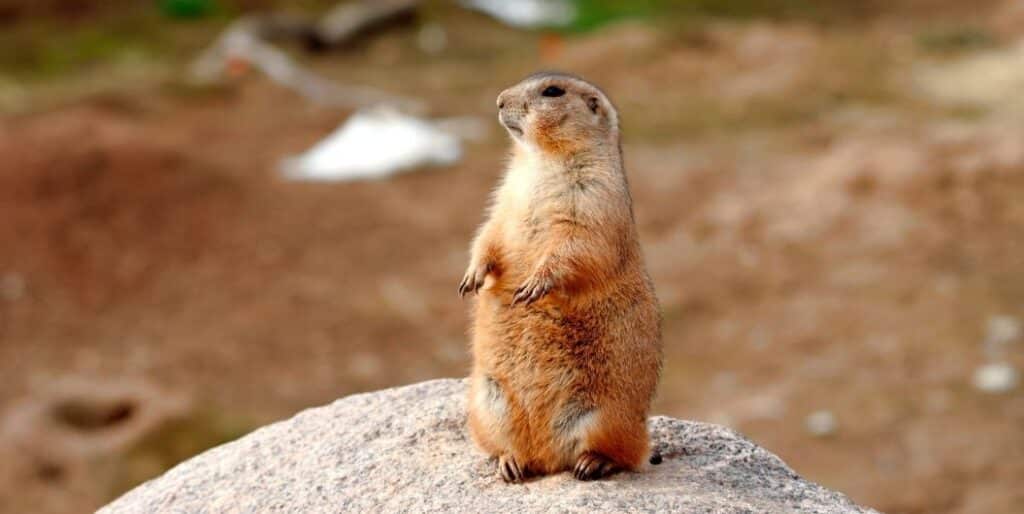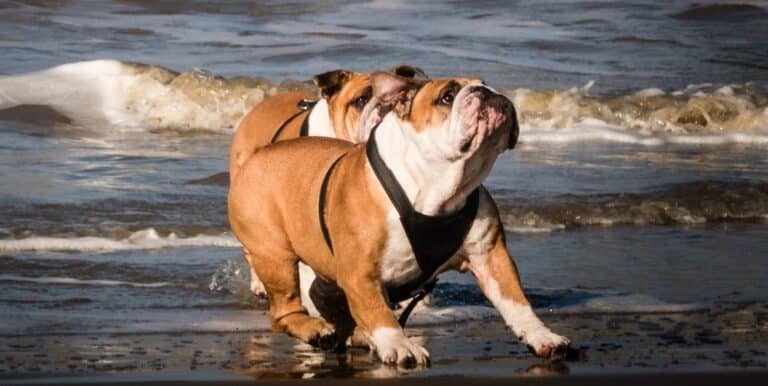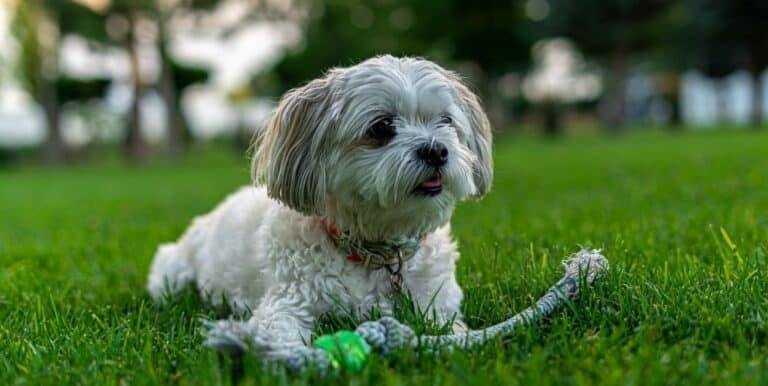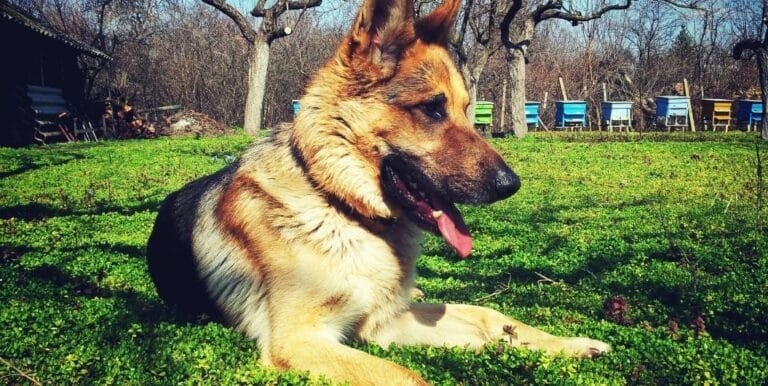What is a Prairie Dog?

A prairie dog is a burrowing rodent in the genus Cynomys, part of the squirrel family. The animals were once widely found across the Great Plains of North America, but they began to be treated as pests in the 1800s, when they were subjected to mass eradication campaigns. Although prairie dog colonies, known as towns, do still exist, their numbers are much smaller than they once were. The animals can also be found in captivity in many zoos, where they delight many young visitors with their chubby good looks and cautious behavior.
Several species in the genus are recognized as prairie dogs. All of them have brown to grizzled fur, short flat tails, and small ears which are adapted for a life of digging and underground living. The animals also have short, muscular legs with strong claws for digging, and a healthy prairie dog tends to be a bit fat. The animals are very social, living in large collective groups of families; each family has a dominant male and three to four females.

A prairie dog becomes sexually mature at three years of age. The animals breed annually, producing a litter of three to eight pups. It is not uncommon for a female to mate with several males, producing pups which are actually from different fathers. After the pups mature, the dominant male usually drives them out, forcing them to form new family groups elsewhere in the town or with other groups. Social groups tend to be close, with the animals displaying affection for each other as well as aggression.
The animals got their name from their distinctive alarm calls, which resemble the barking of a dog. Prairie dogs watch for potential threats from mounds of dirt which allow them to see far across the prairie. When they spot a threatening animal or bird, they give out a unique call to warn the rest of the town that a predator is nearing. The animals appear to have different calls for different threats, but the response of the town is always the same, with the animals taking refuge in their underground homes when threatened.
Although farmers think of prairie dogs as pests, since they can disrupt crops, they appear to have an important ecological role. The animals churn the soil, aerating it while also fertilizing it. Many animals like to shelter in their burrows, and they are a valuable food source for predators. Some biologists are concerned that the declining prairie dog population may change Great Plains ecology, by altering the soil composition and removing a source of shelter and food for other animals.






